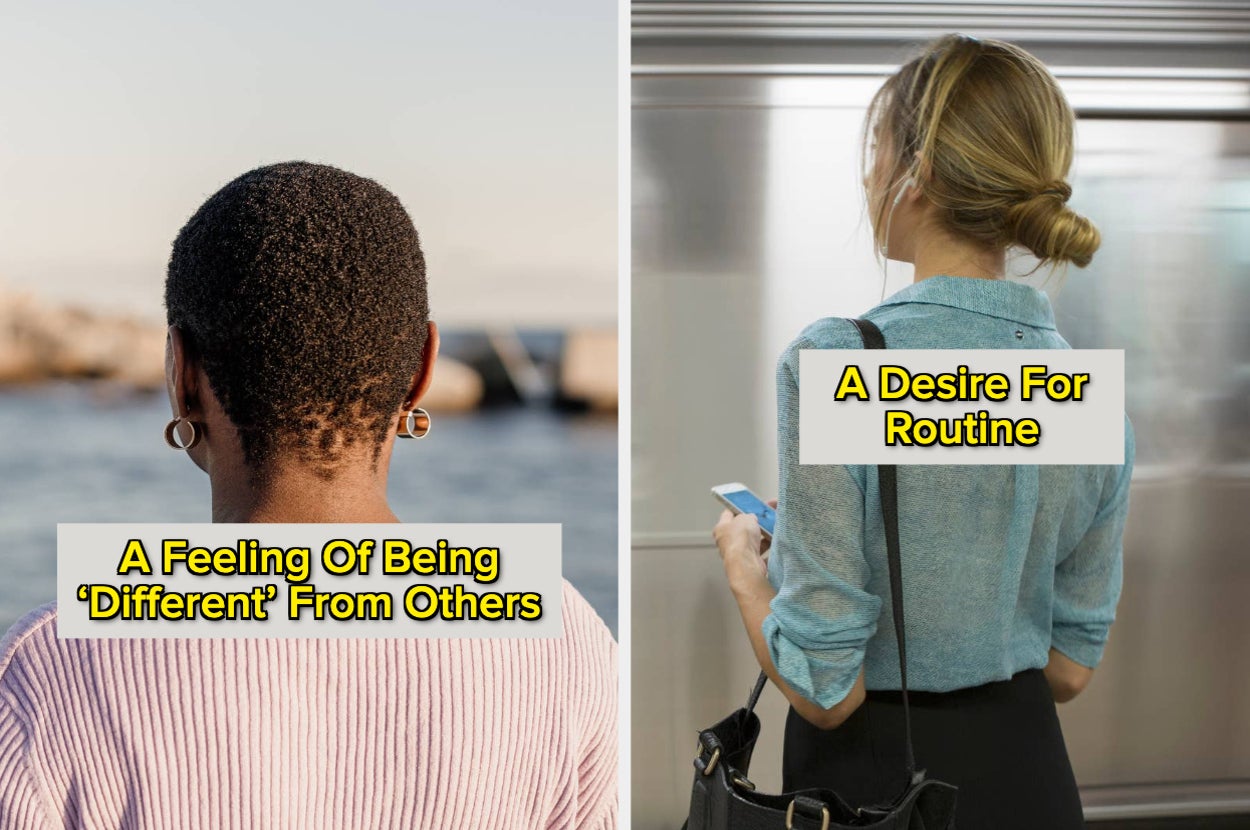Unveiling Autism in Adulthood: Signs and Self-Discovery
Many adults are discovering they are on the autism spectrum later in life, often prompted by relatable content online. This revelation can be both enlightening and validating, particularly for women, who are statistically underdiagnosed. Understanding the nuances of autism presentation in adults is crucial for self-discovery and accessing appropriate support.
The Underdiagnosis of Autism
Studies indicate a significant proportion of autistic women remain undiagnosed well into adulthood. Several factors contribute to this. Firstly, many individuals learn to mask or camouflage their autistic traits to conform to societal expectations. Secondly, traditional diagnostic tools were primarily developed based on observations of young, white males from privileged backgrounds, potentially overlooking the diverse ways autism manifests in other demographics. Finally, diagnostic focus often centres on external behaviours, neglecting the internal experiences and sensory sensitivities that are core to many autistic individuals.
The spectrum of autism is vast, encompassing a wide array of experiences and presentations. As one expert put it, the diversity within autism may be greater than the difference between autistic and non-autistic individuals.
Key Signs and Thought Patterns in Undiagnosed Autistic Adults
While individual experiences vary, several common signs and thought patterns may resonate with undiagnosed autistic adults:
-
A Persistent Feeling of Difference: A pervasive sense of being “different” from others is a hallmark experience. This isn’t just the occasional feeling of being an outsider that everyone experiences; it’s a deep-seated sense of not quite fitting in that persists throughout life. Some describe feeling like an alien, constantly observing and trying to understand social norms. While the intensity of this feeling can vary, it’s an internal experience that isn’t always visible to others. It is worth noting that autistic people may find environments that are more accepting and feel more comfortable with their differences as they get older.
-
Difficulties with Social Cues: Navigating social interactions can be challenging. Understanding appropriate eye contact, interpreting body language, and knowing when to end a conversation may not come naturally. Autistic individuals may learn to mimic these cues, but it requires conscious effort and doesn’t feel intuitive.
-
Complex Relationship Histories: Social relationships, both romantic and platonic, can be confusing and difficult to maintain. Relationships may end abruptly, leaving the autistic person bewildered and struggling to understand why. This can stem from difficulties in communication, differing social expectations, or unintentional misinterpretations.
-
Sensory Sensitivities: Heightened or diminished sensitivity to sensory input is common. This can manifest as being acutely aware of sounds, lights, textures, or smells that others barely notice, or conversely, being less responsive to sensory stimuli. For example, the ticking of a clock might be intensely distracting, or the sound of a siren overwhelming.
-
A Need for Routine: Consistency and predictability provide comfort and security. Disruptions to routine can trigger anxiety and distress. This doesn’t necessarily mean adhering to a rigid schedule; it could be a strong preference for a particular coffee mug or a specific route to work. Even seemingly small changes can be challenging, and major life transitions like moving house or changing careers can be particularly stressful. Repetitive behaviours, also known as stimming, such as rocking, hand-flapping, or spinning, can also be a part of this need for routine.
-
A Desire for Solitude: Time alone is essential for recharging after social interactions or overwhelming sensory experiences. This isn’t simply introversion; it’s a deep need to recover from the energy expended on masking or camouflaging autistic traits in social situations. After a work presentation or a family gathering, an autistic person might need extended periods of quiet and solitude to feel restored. This stems from “camouflaging” or “masking,” where individuals hide aspects of themselves to fit in. The degree to which autistic people camouflage can lead to exhaustion, requiring significant alone time to recover.
-
Intense Interests: A deep passion and curiosity for specific subjects or activities is common. These interests can be all-consuming, providing comfort and a sense of purpose. While everyone has hobbies, autistic individuals often find ways to connect everything back to their specific interest, making it a central lens through which they view the world.
-
A Dislike of Small Talk: Superficial conversations can feel pointless and draining. Autistic individuals often prefer deeper, more meaningful discussions. They may actively avoid small talk or structure their lives to minimise the need for it.
-
A Desire for Direct Communication: Honesty, clarity, and straightforwardness are highly valued. Autistic individuals tend to be literal in their interpretations and appreciate direct communication. They may struggle with sarcasm, idioms, or implied meanings. Visual communication is often preferred, and what is said is typically meant at face value.
Seeking Guidance and Support
If the signs described resonate, exploring the experiences of autistic individuals can be invaluable. Online communities, particularly the #actuallyautistic hashtag on social media, offer a wealth of personal stories and insights.
Discovering autism in adulthood can be a profound and transformative experience. It can provide a framework for understanding past experiences and a pathway to greater self-acceptance. It’s also normal to experience a sense of grief for the challenges faced before understanding one’s neurodiversity.
Resources and Professional Help
Online screening tools can provide initial guidance, but they are not a substitute for a professional diagnosis. Embrace-autism.com is a helpful resource for such tools.
Connecting with a therapist who is neurodiversity-affirming or -informed can be beneficial. However, it’s important to be aware that training in autism is not always comprehensive among mental health professionals.
Autism centres may offer diagnostic and treatment services, but waitlists can be long, and services may primarily focus on children. Seeking recommendations from autism organisations or online communities can help identify additional resources and support networks.
Building a supportive community, whether online or in person, is crucial for navigating the journey of self-discovery and embracing autistic identity.

